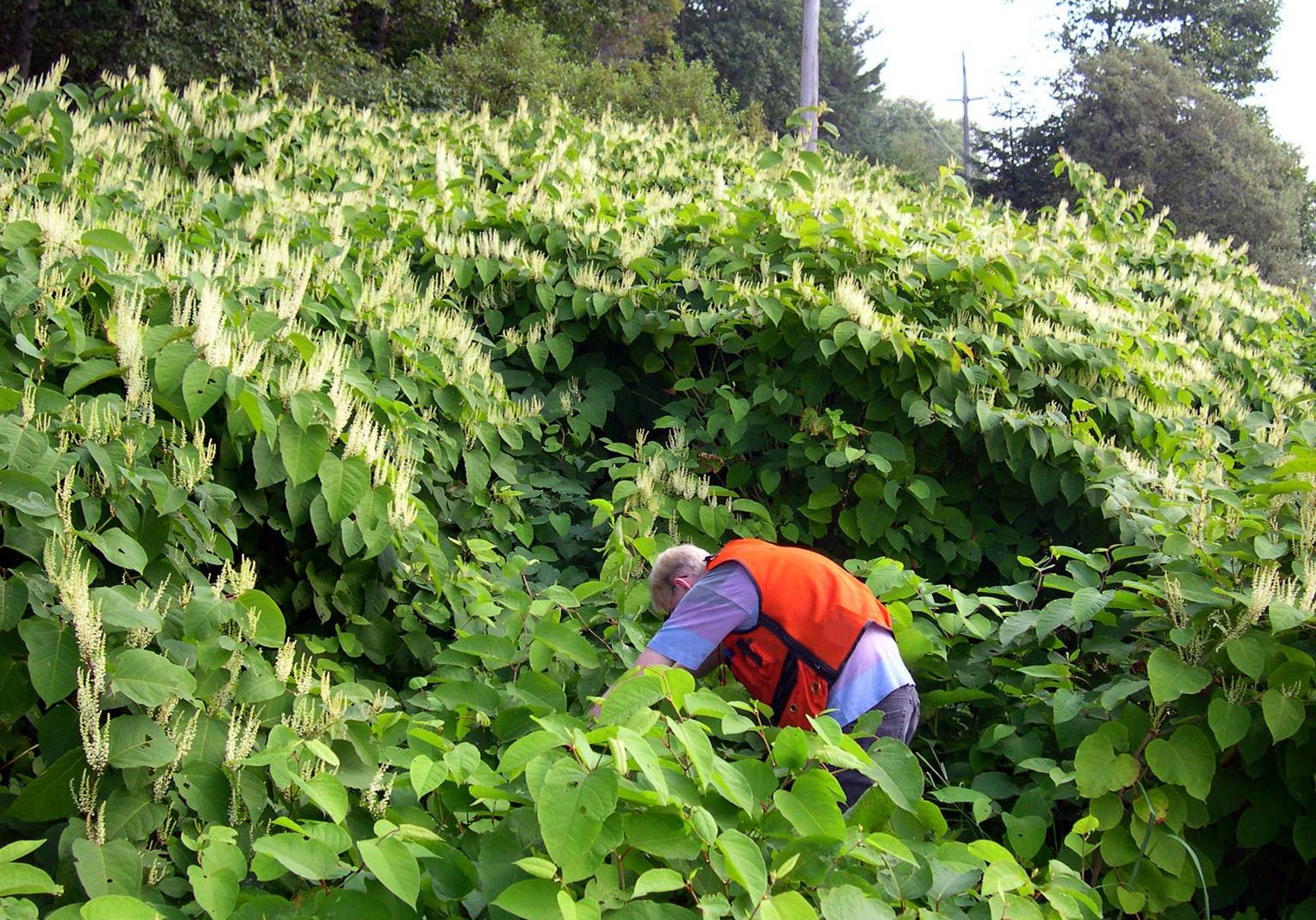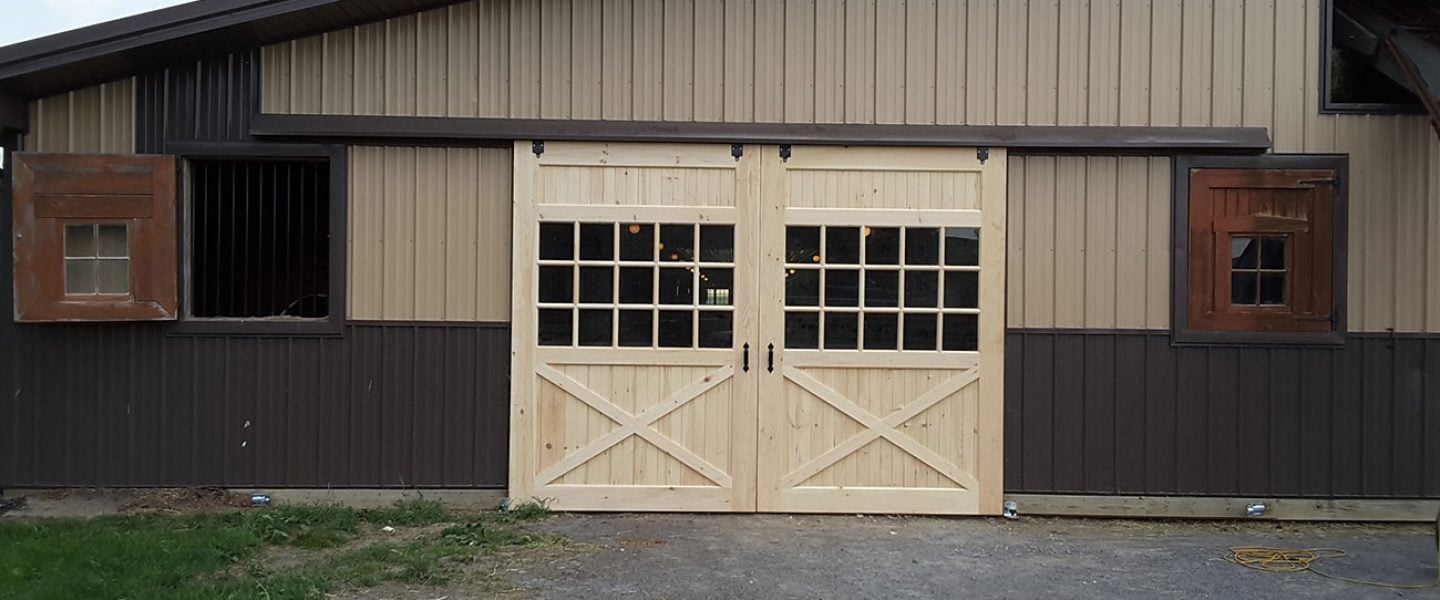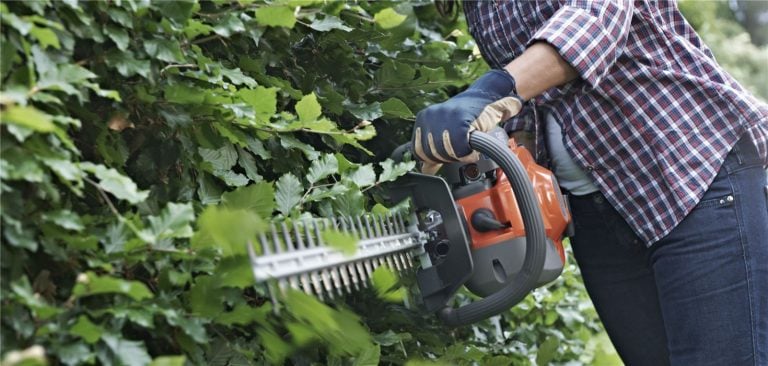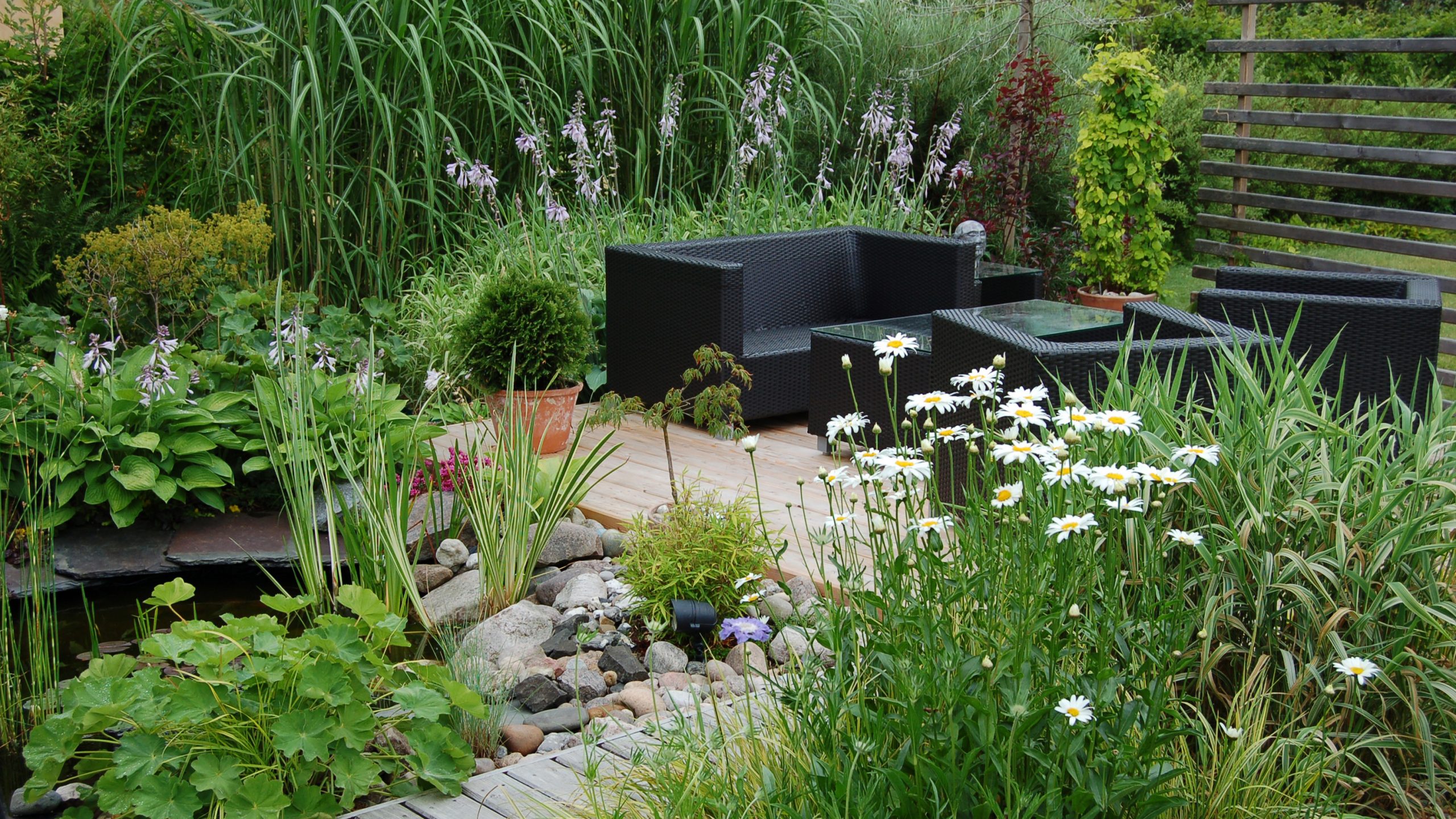What Is Knotweed

Table of Contents
In the serene landscapes of the United Kingdom, a silent invader has been stealthily making its presence known. This unassuming yet destructive force is known as Knotweed UK, and it’s causing quite a stir.
In this comprehensive blog post, we’ll unravel the mystery of what Knotweed is, its origins, the havoc it can wreak on the UK’s flora and fauna, and the steps being taken to combat this invasive plant.
What is Knotweed?
Knotweed, scientifically known as Fallopia japonica, is a non-native invasive plant species that has found its way into the British Isles.
Native to East Asia, specifically Japan, China, and Korea, it was initially introduced to the UK in the mid-19th century as an ornamental plant due to its attractive foliage and vibrant flowers.
The Tenacious Invader
Knotweed’s initial appeal quickly transformed into a menace. This plant’s ability to spread rapidly through underground rhizomes and establish thick, impenetrable stands has earned it the nickname “Britain’s most invasive plant.” Its presence is not limited to specific habitats; Knotweed can thrive in various environments, from riverbanks and road verges to urban gardens.
Despite its elegant appearance, Knotweed can overrun native vegetation with ease. Its growth rate is astonishing, with some estimates suggesting it can grow up to 20 cm per day during the growing season. This rapid spread chokes out native plant species, disrupting local ecosystems.
Identification and Characteristics
To effectively combat Knotweed UK, it’s imperative to have a detailed understanding of its identification and key characteristics. This knowledge empowers individuals, property owners, and conservationists to spot and address the invasive plant promptly.
Growth Appearance:
- Knotweed plants typically grow to a height of 1-3 meters (3-10 feet).
- The leaves are broadly shaped and resemble hearts.
- Leaves are a vibrant green and are arranged alternately along the stem, creating a zigzag pattern.
One of the most recognizable features is the reddish-purple stem, which is often speckled with small, swollen nodes. The stem resembles bamboo, making it stand out among other plants.
Flowers and Seeds:
- Knotweed produces clusters of small, creamy-white flowers that appear in late summer.
- While the flowers themselves may not be particularly striking, their timing can be a useful indicator for identification.
- Knotweed also produces seeds, but these are relatively rare in the UK. The plant primarily spreads through underground rhizomes, making it especially challenging to control.
Leaf Size and Shape:
- The leaves of Knotweed are relatively large, typically ranging from 6-15 cm in length.
- They have a distinctive shield or heart-like shape with a pointed tip.
- Leaf edges are smooth, without serrations or teeth.
Stem Structure:
- The stem of Knotweed is hollow and segmented, resembling bamboo.
- It is robust and capable of pushing its way through cracks in various surfaces, including concrete and asphalt.
Seasonal Changes:
Knotweed’s rapid growth is particularly noticeable during the growing season. It can grow up to 20 cm per day under favorable conditions.
In winter, Knotweed dies back, with the above-ground parts turning brown and brittle. However, the underground rhizomes remain alive and dormant, ready to sprout new growth in the spring.
Distinctive Growth Habit:
Knotweed often forms dense stands of vegetation, crowding out native plants.
Its aggressive growth habit can quickly transform a once-diverse ecosystem into a monoculture dominated by Knotweed.
Ecological Impact
The ecological impact of Knotweed is far from trivial. It outcompetes native plant species for resources, disrupting local ecosystems. Its aggressive growth can cause damage to buildings and infrastructure, as the plant’s rhizomes can penetrate through concrete and asphalt, leading to costly repairs.
Furthermore, Knotweed can reduce biodiversity, affecting insect populations and, in turn, birdlife that depends on them for food.
Beyond its environmental consequences, Knotweed can also have financial implications. The presence of Knotweed on or near a property can significantly reduce its value and make it harder to sell.
Legal Implications
Recognizing the potential threat Knotweed poses, the UK government has taken legal action to address the issue. Under the Wildlife and Countryside Act 1981, it is an offense to plant or cause Knotweed to grow in the wild.
Property owners are also responsible for its control and removal, as its presence can devalue homes and make them harder to sell.
Controlling Knotweed
Managing Knotweed requires a multi-faceted approach. Eradication efforts often involve herbicide treatments, excavation, and disposal of contaminated soil, as well as regular monitoring to prevent regrowth. Due to the plant’s tenacity, it’s recommended to seek professional help for effective control.
In recent years, innovative techniques such as biological control using insects that feed exclusively on Knotweed have been explored as potential solutions to curb its spread.
Conclusion
Knotweed UK is a formidable invader that poses serious ecological and economic challenges. Its relentless growth and ability to thrive in diverse environments make it a formidable adversary for conservationists and property owners alike.
Understanding what Knotweed is and the measures required to control its spread is crucial for preserving the UK’s native flora and fauna and maintaining the value of properties.
As the fight against Knotweed continues, awareness and responsible management remain our best tools to combat this invasive species and protect the natural beauty of the United Kingdom.
Vigilance and cooperation among government agencies, environmental organizations, and property owners are essential to effectively tackle the Knotweed menace and ensure a healthier future for the UK’s ecosystems.






